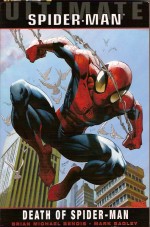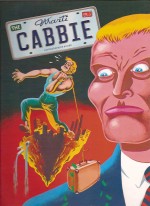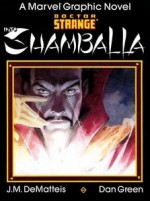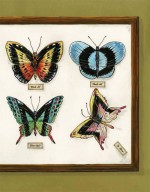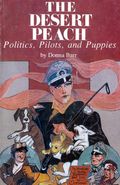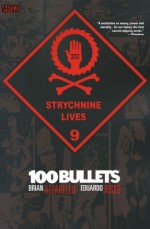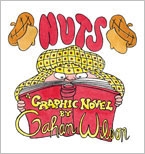
By Gahan Wilson (Fantagraphics Books)
ISBN: 978-1-60699-454-2
Mordant cartoonist Gahan Wilson has been tickling funnybones and twanging tense nerves with his darkly dry concoctions since the 1960s; contributing sparklingly horrific and satirically suspenseful drawings and strips to Playboy, Collier’s, The New Yorker and other magazines as well as writing science fiction, criticism, book and film reviews for Again Dangerous Visions, The Magazine of Fantasy & Science Fiction, The Twilight Zone Magazine and Realms of Fantasy.
In his broad and long career he has worn many creative hats, even creating his own supernatural computer game, Gahan Wilson’s the Ultimate Haunted House, with Byron Preiss.
In April 1970, when National Lampoon first began its devastatingly hilarious all-out attack on the American Dream, Wilson was invited to contribute a regular strip to the comics section. Nuts began in 1972 and ran until 1981, generally a single-page complete graphic epigram “starring†a grotty little chubby homunculus dubbed The Kid. This fabulous monochrome (with occasional colour) collection gathers that complete serial for collectors and potential addicts in a perfect hardback package that readers will dip into over and over again.
Taking his lead from popular sickly-sweet strips about or starring little children and the brilliant but definitely not jejune Peanuts (which was populated, to all intents and purposes, with teeny-weeny neurotic middle-aged midgets), Wilson sought to do the exact opposite and attempt to access the fear, frustration, confusion and unalloyed joy of being a young, impressionable, powerless, curious and demanding…
…and magnificently succeeded.
Dense, claustrophobic, intense and trenchantly funny, the self-contained strips ranged from satire to slapstick to agonising irony, linking up over the years to form a fascinating catalogue of growing older in the USA: a fearfully faithful alternate view of childhood and most importantly, of how we adults choose to recall those distant days…
Each strip begins with the question “Remember how…†or “One of the…†or some equally folksy enquiry before unveiling bafflement, bewilderment, night-terrors or a deeply-scarring embarrassment which haunts us till doomsday, all wrapped in a comradely band-of-brothers, shared-coping-mechanism whimsy that is both moving and quintessentially nostalgic.
Topics include the unremitting horror of germs, sudden death, being ill, inappropriate movies, forced visits, grandparents, things adults do that they don’t want you to see, unexplained noises, the butcher’s shop, accidents and rusty nails, things in closets, doctors and needles, dying pets, Santa Claus, seasonal disappointments, summer camp, sleep, bodily functions, school and lessons (two completely different things), fungus, bikes and toys, haircuts, comicbooks, deaths of relatives, hot weather, candy, overhearing things you shouldn’t, stranger danger, hobby-kits and glue, daydreaming, babies and so many other incomprehensible daily pitfalls on the path to maturity…
Peppered also with full page, hilariously annotated diagrams of such places of enduring childhood fascination as ‘The Alley’, ‘The Kit for Camp Tall Lone Tree’, ‘Mr. Schultz’s Cigar Store’, ‘The Movie Theater Seat’, ‘Table Set Up For Making Models’, ‘The Doctor’s Waiting Room’, ‘The Closet’, ‘The Sick Bed’ and ‘The Private Drawer’, this glorious procession also covers occasions of heartbreaking poignancy and those stunning, blue moon moments of serendipity and triumph when everything is oh-so-briefly perfect…
Complete with a 3-D strip and ‘Nuts to You’, a comprehensive appreciation and history by Gary Groth, this funny, sad, chilling and sublimely true picture-passport to growing up is unmissable cartoon gold.
© Fantagraphics Books. All Nuts strips © 2011 Gahan Wilson. All rights reserved.

